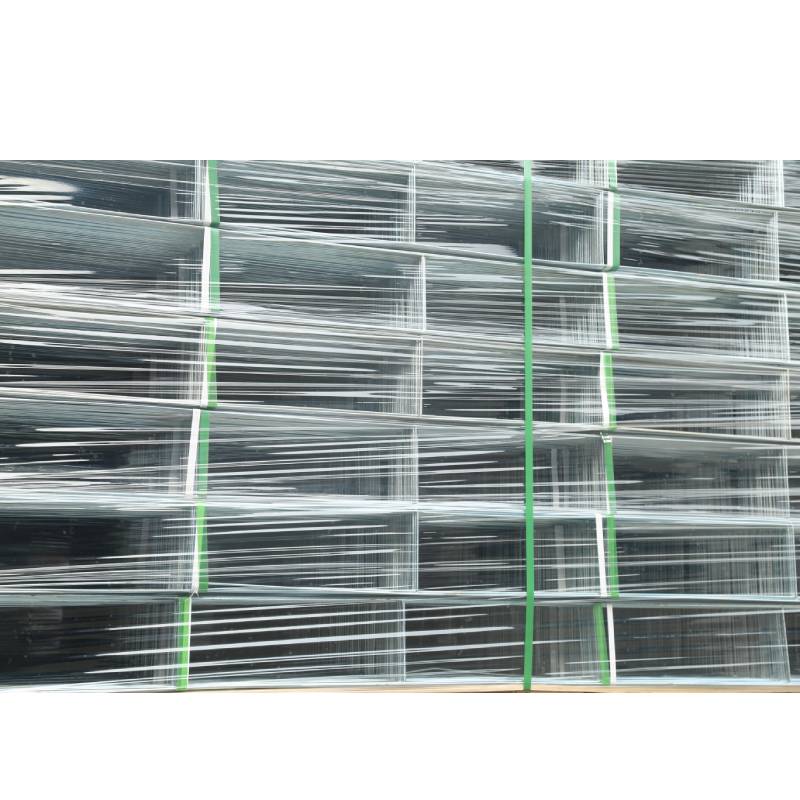
- Mobile Phone
- +8613931874955
- sales@cntcmetal.com
Understanding the Purpose and Applications of Cavity Ties in Construction and Structural Engineering
What Are Cavity Ties Used For?
Cavity ties are crucial components in the construction and engineering sectors, specifically in masonry wall systems. They play a pivotal role in ensuring the structural integrity and stability of walls that consist of two separate layers, typically known as the outer leaf and inner leaf. The primary function of cavity ties is to securely connect these two wall layers, providing support while allowing for insulation and moisture control. Understanding the purpose and application of cavity ties can help construction professionals optimize building performance and longevity.
Defining Cavity Ties
Cavity ties are usually made of sturdy materials such as stainless steel or galvanized steel, ensuring they possess the necessary strength and resistance to corrosion. These ties are designed to span the cavity space between the two leaves of a wall, thus maintaining alignment and stability. Depending on the specific construction needs and environment, cavity ties can vary in length, shape, and configuration. The most common types include the horizontal, vertical, and angled cavity ties, each serving particular structural requirements.
Supporting Structural Integrity
One of the primary uses of cavity ties is to support the structural integrity of the wall system. In buildings where two distinct wall layers are employed, the cavity tie serves as a bridge, preventing the outer leaf from moving independently of the inner leaf. This connection ensures that lateral forces, such as wind loads, do not compromise the stability of the structure. By distributing loads evenly, cavity ties help protect against potential structural failures that could arise from the differential movement of the wall layers.
Moisture Control
what are cavity ties used for

In addition to their role in structural integrity, cavity ties are essential for moisture control in masonry walls. The cavity between the two leaves allows for the drainage of water that might penetrate the outer leaf, thanks to weather conditions. Cavity ties facilitate the free movement of air and prevent moisture from being trapped within the wall system. This ventilation is crucial, as trapped moisture can lead to mold growth and deterioration of building materials, ultimately compromising the health of the building and its occupants.
Thermal Insulation
Another significant function of cavity ties is their contribution to thermal insulation. Cavity walls provide a natural resistance to heat transfer, and when cavity ties are correctly installed, they can help maintain the insulation properties of the wall assembly. By securing the two layers without creating thermal bridges, cavity ties help enhance the overall energy efficiency of a building. This is increasingly important in today's construction practices, where energy efficiency and sustainability are at the forefront of design considerations.
Building Codes and Best Practices
Implementing cavity ties according to local building codes and standards is crucial for ensuring their effectiveness. Building regulations often dictate specific spacing, type, and installation techniques for cavity ties, which aim to optimize structural performance while addressing safety concerns. Adhering to these guidelines minimizes the risk of construction flaws that could lead to long-term issues.
Conclusion
In summary, cavity ties are integral to the structural performance of masonry wall systems. Their primary functions include enhancing structural integrity, controlling moisture, and improving thermal insulation. Proper selection and installation of cavity ties not only contribute to the durability and efficiency of buildings but also ensure adherence to safety regulations. As construction techniques continue to evolve, understanding the pivotal role of cavity ties will remain essential for professionals dedicated to building robust and resilient structures.
share:
-
Your Source for Concrete Wall Ties and Masonry AccessoriesNewsJul.10,2025
-
Unlocking the Power of Iron Wire for Every ProjectNewsJul.10,2025
-
Explore Advanced Chain Wire and Stainless Steel Mesh FencingNewsJul.10,2025
-
Discover the Benefits of Annealed Wire ProductsNewsJul.10,2025
-
Discover China Stainless Steel Wire Mesh SolutionsNewsJul.10,2025
-
Build with Confidence Using High-Performance Masonry AccessoriesNewsJul.10,2025
-
Why Sacrificial Formwork Is Redefining Underground ConstructionNewsJun.06,2025



















